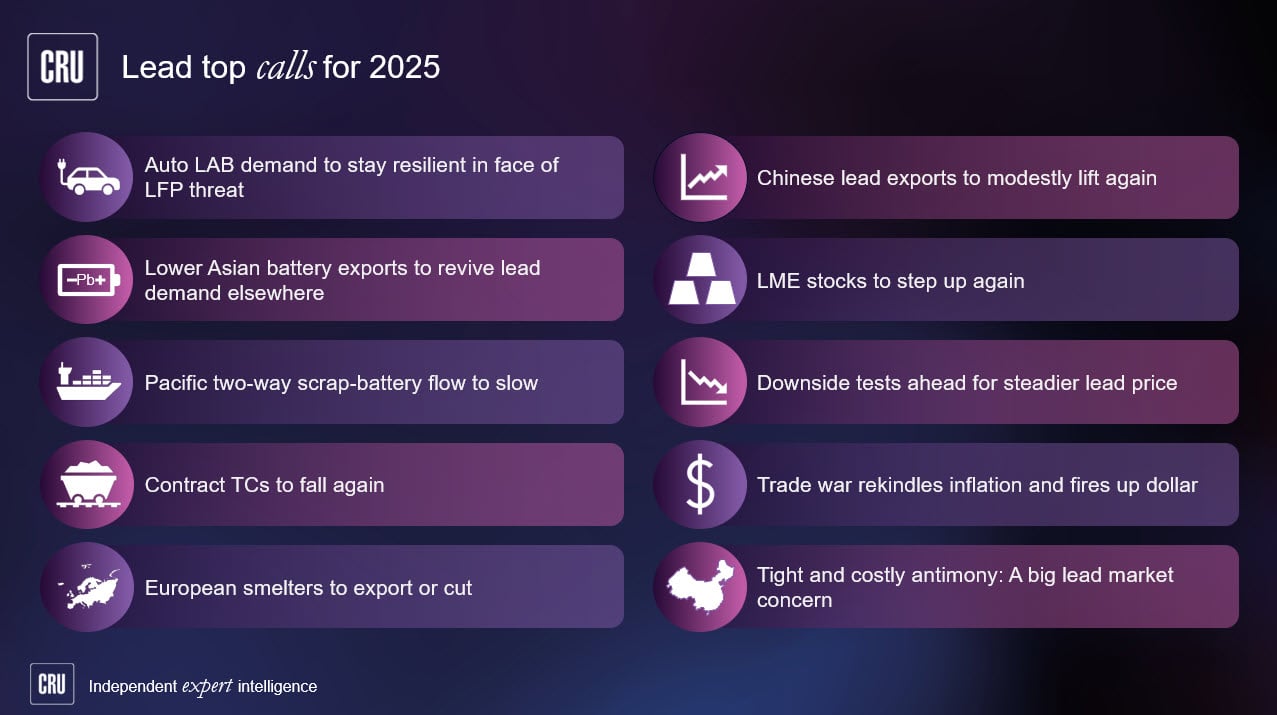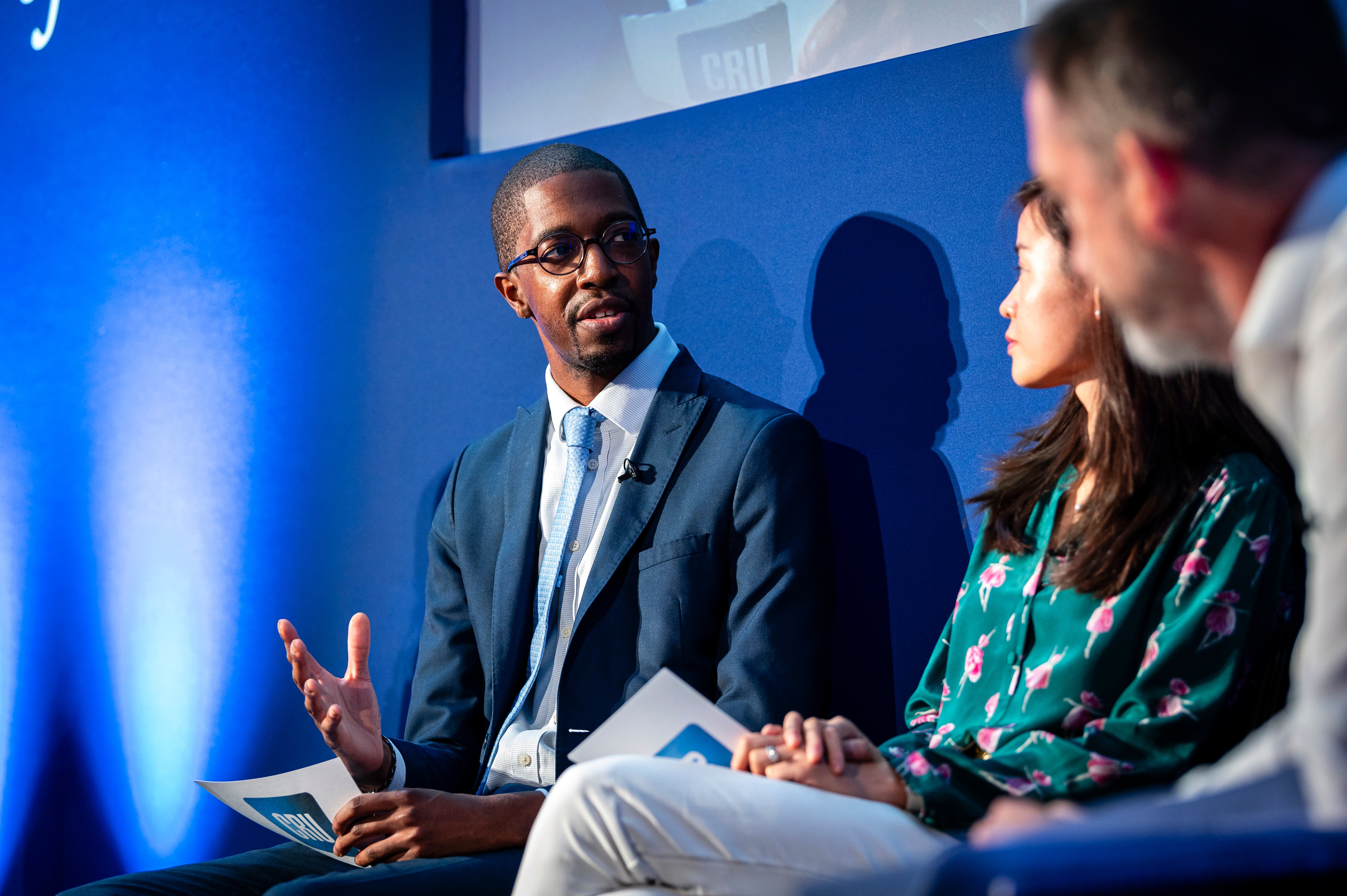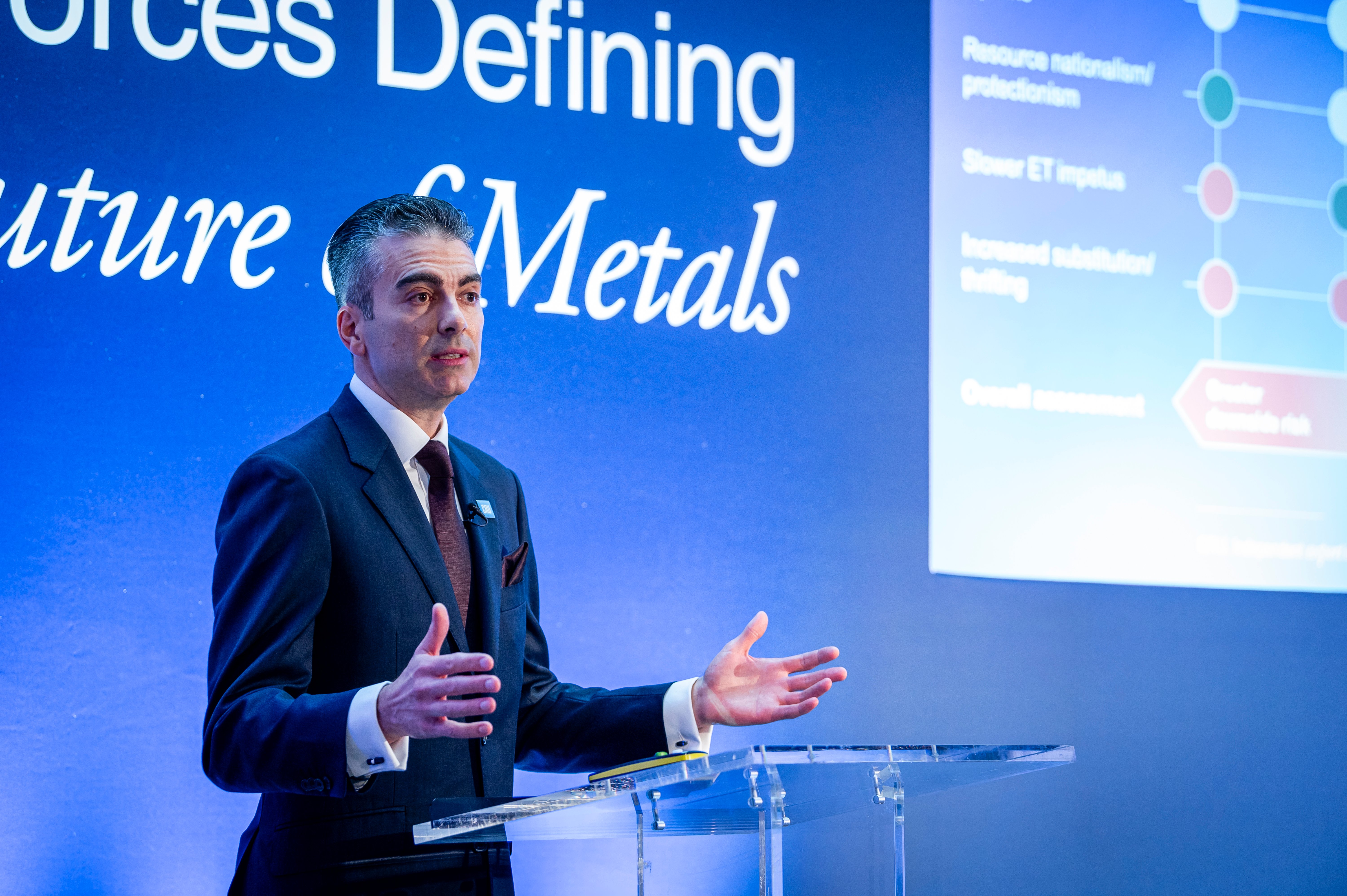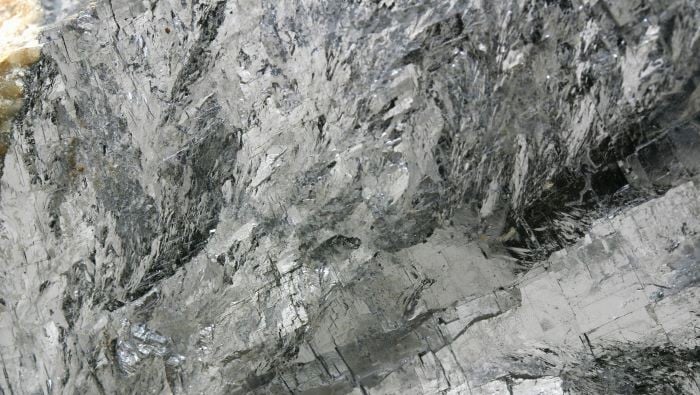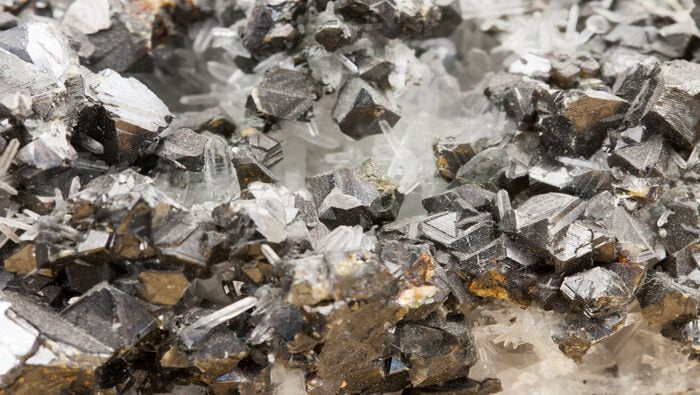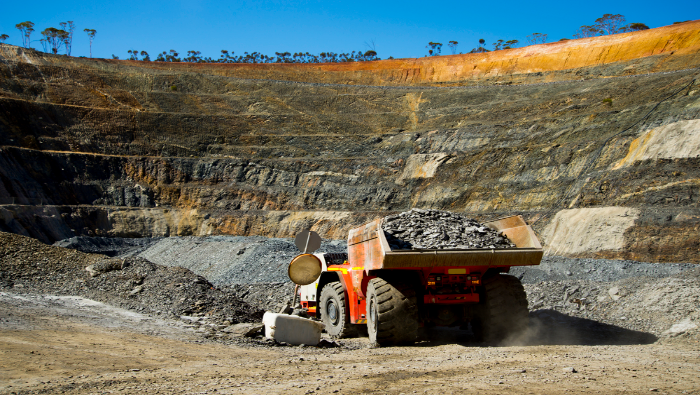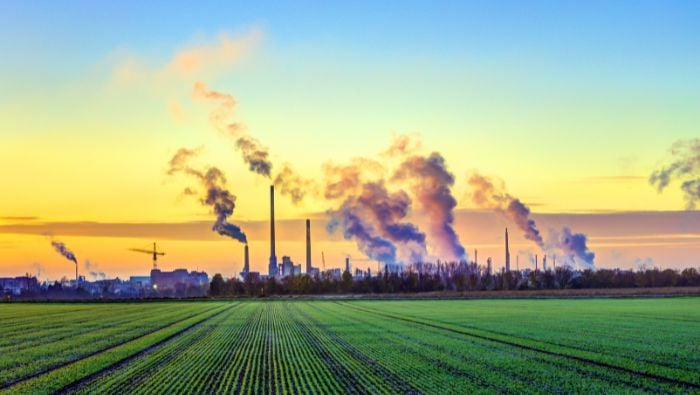After several years of surplus, the refined lead market is moving into deficit this year, driven largely by shortfalls in primary raw material availability. The global concentrates deficit has already started to bite, with miners able to successfully negotiate a substantial decrease in contract TCs for 2017.
Market deficits bring renewed interest in mine projects but the pipeline of lead mine projects outside China looks thin for the next few years. Most sizeable greenfield projects in the pipeline are not far enough progressed for their development to be accelerated to fill the emerging deficit, but we can see additional production coming on stream from potential redevelopments and reactivations.
Attention turning to projects as market deficits loom
After several years of surplus, the refined lead market is moving into deficit this year, driven mainly by shortfalls in primary, rather than secondary, raw material availability. The market moved into a statistical deficit since the final quarter of 2016, although stocks remain sufficient to cover shortfalls in the immediate future. Nevertheless, the global concentrates deficit has already started to bite, with miners able to successfully negotiate a substantial decrease in contract TCs for 2017, and Korea Zinc trimming refined lead production at its Onsan plant in South Korea after a big increase last year. With deficits looming, upward pressure on prices is expected to return later this year, and with it renewed interest in mine projects. However, the majority of lead production is as a by-product of zinc or silver, and development decisions depend more on the prices for its co-products than for lead. This said, the outlook for zinc is currently also positive.
Are cutback reversals on the cards?
In this insight we review the mine project pipeline for lead in the world outside China and the potential to accelerate the development of any of the notable lead producing projects. However, it should not be forgotten that nearly 200,000t of lead mine capacity has been idle since 2015, some of which could be reactivated relatively quickly. The potential additional production from the reversal of cutbacks and closures is indicated in the table below. The majority is accounted for by cutbacks at Australian operations, which could be reversed in a short space of time. All the cutbacks involved substantial reductions in the work force, which will need to be rehired in each case.
Glencore has stated that it has no intention of lifting production at its operations this year, (notably Mt Isa and McArthur River for lead), but a recovery in prices could well see the cutbacks reversed in 2018. CBH Resources will time the reversal of the cutback at its Endeavor operation in New South Wales carefully. The mine only has two to three years of reserves at full production, and the company will want to ensure that it catches the high point of the next price cycle. At Broken Hill, also in New South Wales, the North mine and Potosi exploration area were put on care and maintenance.
Lead FX’s 80,000t/y Paroo Station operation in Western Australia is currently idle, having operated only intermittently since it was commissioned in 2005, most recently being placed on care and maintenance in January 2015. The mine only has reserves for around four years, and like CBH Resources, the company will want to catch a period of favourable prices. The mine is being kept in a restart ready state, although financing still has to be secured.
A feasibility study is now being carried out for a hydrometallurgical refining process at the mine site, which will remove the need for concentrate transportation and export through the port of Freemantle, which is costly due to strict environmental regulations. However, the technology is new, and any potential investors will need to be assured of both the financial viability of the operation and the technical viability of the process.
Project pipeline looks pretty thin for the next few years
Turning now to new projects and redevelopments/reactivations. The chart below shows projects with planned production of more than 10,000t/y lead which could, potentially, be brought on stream over the next five years. The CRU categories of “firm” (committed), “probable” or “possible” indicate our judgement of the likelihood that each project will progress to development within the timeframe and reflects the stage of development as well as the attributes of each project.
The pipeline for the next two years is pretty thin, with the majority of the projects not expected to be on stream before 2020, and also falling into our “possible” category. This reflects the fact that most are still at the feasibility or preliminary economic assessment stage. The stage of development or current work focus is also shown in the following tables, which indicates the possibility of accelerating development and advancing the start up date. Several of the projects, denoted by (r) are redevelopments or reactivations, and so hence have a shorter lead time and could possibly be advanced. Indeed, all of the uncommitted projects that could, potentially, come on stream within the next two years are redevelopments or reactivations.
There are only four new mine projects falling into our “firm” (committed) category, two of which are due on this year, Eldorado Gold’s Olympias Phase II (Greece) and JDS Silver’s Silvertip (Canada), and two next year, MMG’s Dugald River (Australia) and Peñoles’ Rey de Plata (Mexico). All are believed to be progressing on schedule, indeed Olympias Phase II is commissioning, and there is little or no scope for the advancement of any of the start up dates. The only area of doubt is around Silvertip. The project was due to start up in 4Q2016, but there have been no reports that it has commenced operations. There are also several expansion projects underway, all of which are under construction and on schedule.
Uncommitted greenfields at early stages, but reactivations are more advanced
Our “probable” category includes three new mines and two reactivations, at various stages of development. Four are well advanced and waiting for the go ahead to proceed with development. ScoZinc Mining’s redevelopment project in Nova Scotia, Canada, is dependent on prices and will be advanced once prices, in particular zinc prices, are more favourable. The mine has operated intermittently in the past, with the last period of production ending with the collapse of metals prices in 2008. The feasibility assumed zinc and lead prices of $1/lb ($2,205/t) and $1.1/lb ($2,425/t) respectively. Heron Resources’ reactivation of Woodlawn is also well advanced and the company has recently secured an offtake agreement with Louis Dreyfus. However, the project is not yet fully funded.
Fresnillo/MAG’s Juanicipio project in Mexico, a silver project with by-product lead, is expected to receive board approval and begin construction later this year, while Stockman in Australia is awaiting permitting. Owners Independence Group agreed on 14 June to sell the project to CopperChem, a move which may enable the project to move ahead.
Independence Group had indicated that it was focussing on the Nova copper/nickel project and a decision would not be made until it is fully operational – that project is not due to be fully ramped up until later this year, and any problems during ramp up would further delay any advancement of Stockman. This said, CopperChem will need to review the project, and thus a decision is not likely to be made until later this year, with mid-2019 the earliest possible date for first production. It seems unlikely that these latter two projects will be influenced by price developments.
The Aripuanã project in Brazil, a joint venture between Votorantim, which is funding exploration and predevelopment studies, and Karmin Exploration, is at an earlier, pre-feasibility study, stage. However, reserves are significant with the company claiming that work to date has shown that it is one of the world’s ten largest undeveloped zinc deposits, with by-product lead, copper, gold and silver. Studies and metallurgical testwork to date have shown promising results. Nevertheless, given the current development stage it is unlikely that it will be on stream before 2021.
The portfolio of “possible” new projects includes several promising projects of significant size. However, a number of these are in our “possible” category due to the early stage of development, with either preliminary studies or a feasibility study underway. With final feasibility studies and engineering to be completed and also finance to be secured before construction can begin, they are at least four years from start up. Promising, but early stage, projects include Arizona Mining’s Taylor project in Arizona, with potential production of 100,000t/y lead and 100,000t/y zinc. Preliminary studies have been completed and a measured and indicated resource estimated at 143Mt containing nearly 5Mt each of lead and zinc plus silver. South32 has recently taken a 15% share in the project through subscription to a private placement, which will fund development work through 2017, allowing the project to advance to feasibility and permitting. With promising economics and South32 on board, the project has a good chance of going ahead, but its early stage means that it is a project for the next decade.
Projects that are also of significant size and slightly more advanced, include Bear Creek Mining’s Corani in Peru, Canadian Zinc’s Prairie Creek and Darnley Bay’s Pine Point in Canada and Rathdowney’s Olza in Poland, while Ironbark’s smaller Citronen in Greenland is also making progress. However, with further studies to be completed and finance to be raised, it is unlikely that any of these can be accelerated and in production before 2020.
Closer to construction are the Mehdi Abad project operated by IMIDRO in Iran and Terramin’s Tala Hamza in Algeria. However, the requirement to raise finance for projects in what are perceived as risky locations will likely delay the progress of both of these projects, even under favourable market conditions.
The most advanced greenfield project in our “possible” category is Dairi in Indonesia, but the status of the project is currently uncertain. An EPC (engineering, procurement and construction) contract was agreed with China Non-Ferrous Metal Industry’s Foreign Engineering and Construction Co Ltd (NFC), which will also provide finance, in April 2014, suggesting that construction is underway. However, given the unfavourable climate for mining in Indonesia and the export ban on unprocessed mineral products, it is doubtful that we will see this project brought to fruition in the near future.
The best chance of additional production coming on stream in the near future in response to higher prices lies with the potential redevelopments and reactivations, which could be brought on stream relatively quickly. Minas do Alentejo’s Aljustrel in Portugal is on hold until zinc and lead prices improve, while Tau-Ken Samruk’s Shalkiya is ready to go ahead but still needs to secure finance – which is more likely to be successful once prices improve.
The total portfolio of known projects has the potential to add some 400,000t/y of lead production by 2021 if all were to be successfully brought on stream. The chart to the right indicates the potential additional production each year from 2017 to 2021. However, as mentioned, CRU assesses the likelihood of the projects coming on stream and applies probabilities accordingly. Our final mine production forecast is based on the adjusted production, shown by the line in the chart. Initially, firm projects and the reversal of mine cutbacks will see production grow strongly, but thereafter growth will decline as production from existing operations is set to slip (notably at Goldcorp’s Peñasquito in Mexico) while CRU continues to err on the conservative side to the future contribution from uncommitted projects further out.






